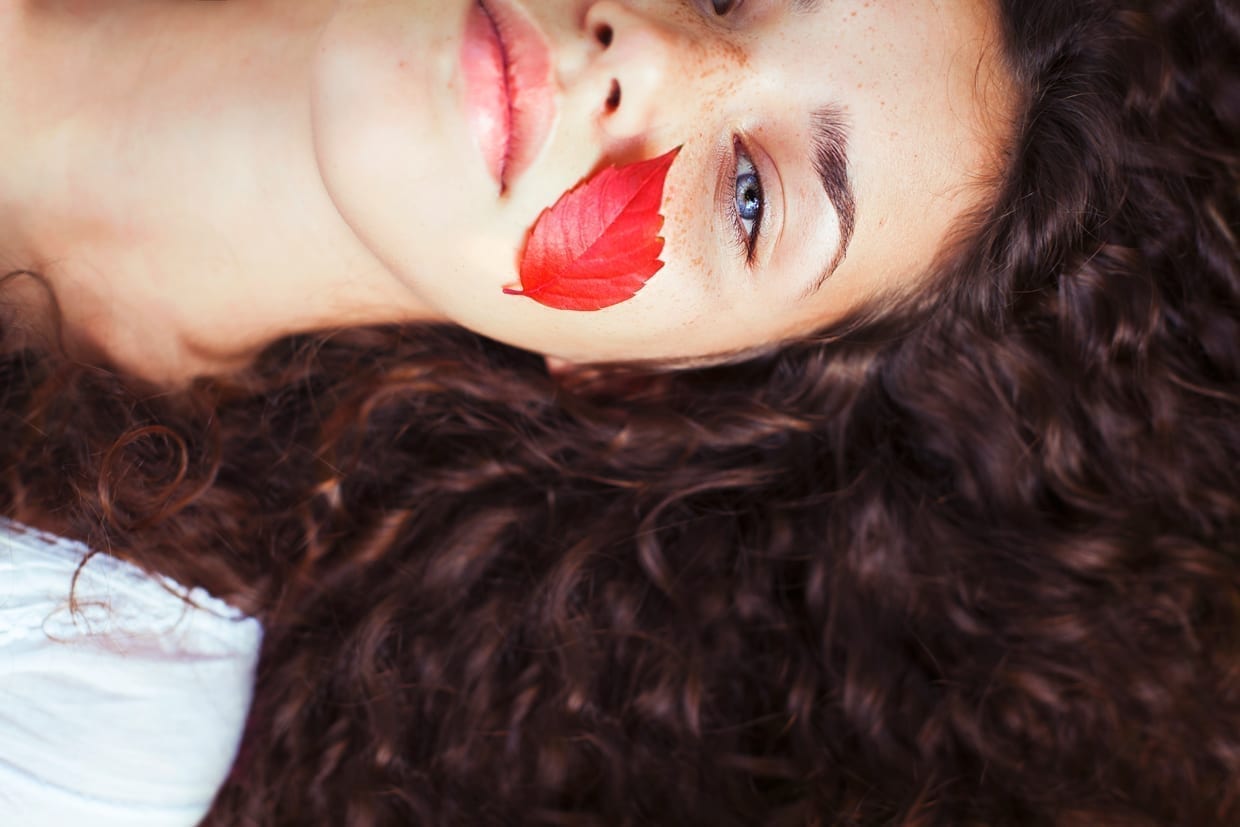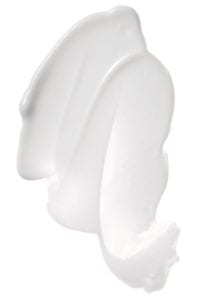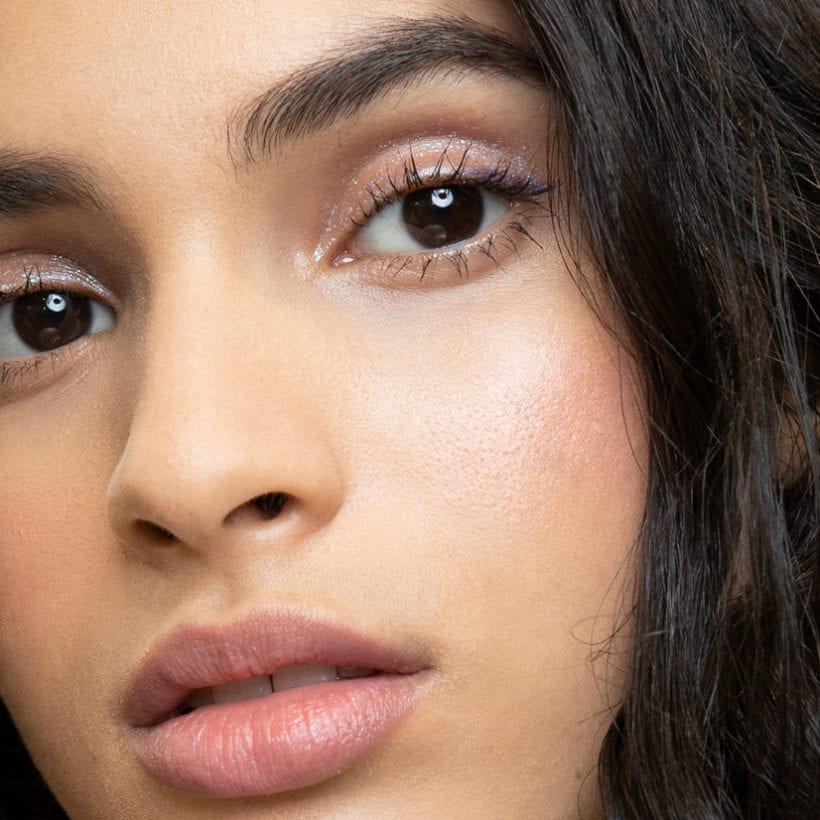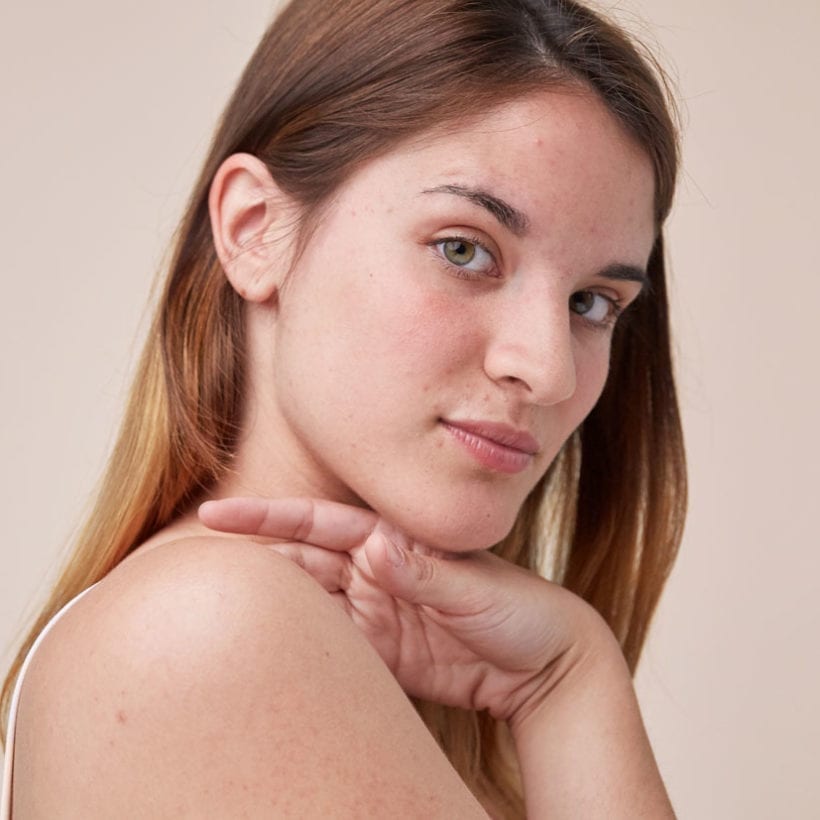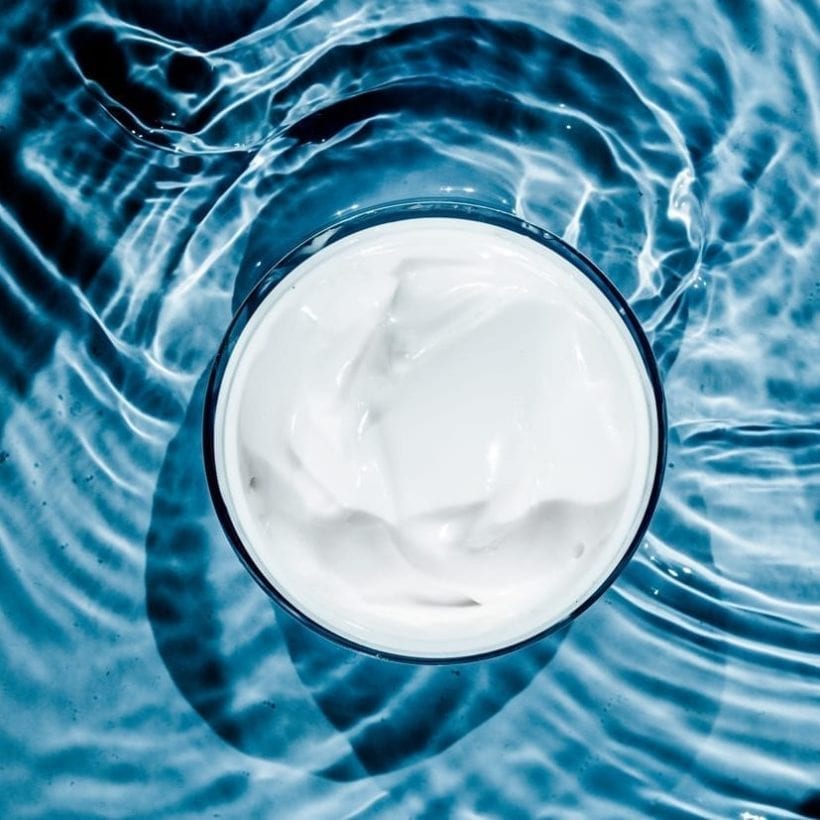All beauty fanatics know that with a new season comes a new skincare routine — and this autumn is no different. And while the temperature drop does not mean you should suddenly kiss your SPF goodbye (you should actually never do that), it is essential for your skin health to make swaps here and there.
So, we spoke to board-certified dermatologist and celebrity beauty expert, Anna Guanche, M.D., whose clientele includes Olivia Culpo, Brandi Glanville and Rebecca Romijn, to give us the full breakdown of what should be in our vanities this upcoming fall. Ahead, learn the changes our skin faces during the summer-to-fall transition, and the benefits we can reap from a few simple changes.
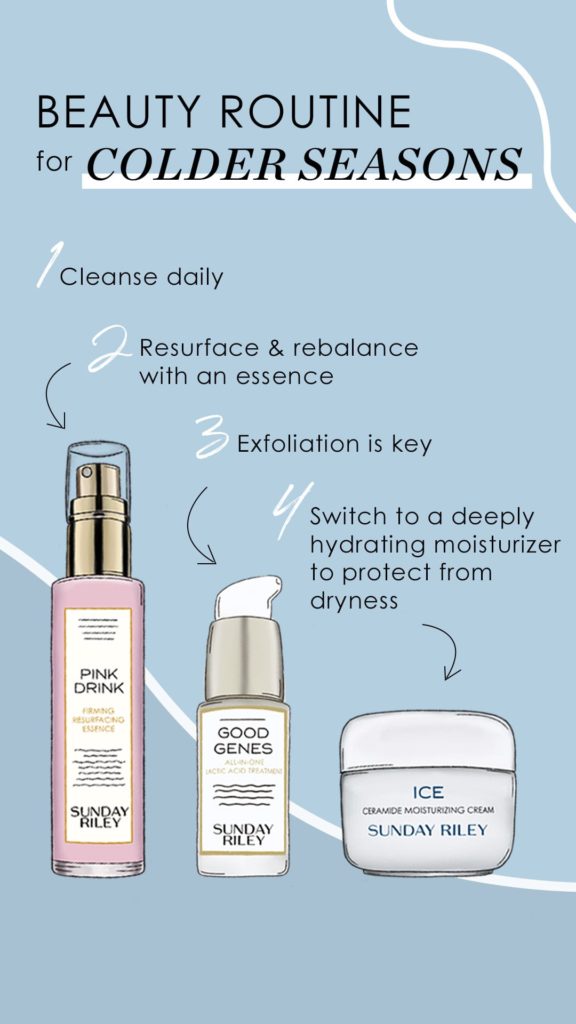
The Originals
There are some products in your skincare routine that can stay the same year-round. “Generally, cleansers can stay the same,” she says. However, if you notice a drastic change in your skin and it becomes extremely dry, you may have to switch to a milder solution.
As Guanche puts it, you should “listen” to your skin. “If it’s doing well with your usual cleanser, then stay with it, but if it’s parched, dry, irritated or flaky, consider switching to a mild cleanser,” she explains. The same rule of thumb applies to your go-to toner and spot treatment.
The Changes
If you are wondering what happens to our skin as the season transitions, it all lies in the weather patterns. Some common skin changes include duller skin, clogged pores from the heavier textures found in makeup, moisturizers and other products, and one of the biggest culprits of all — sun damage.
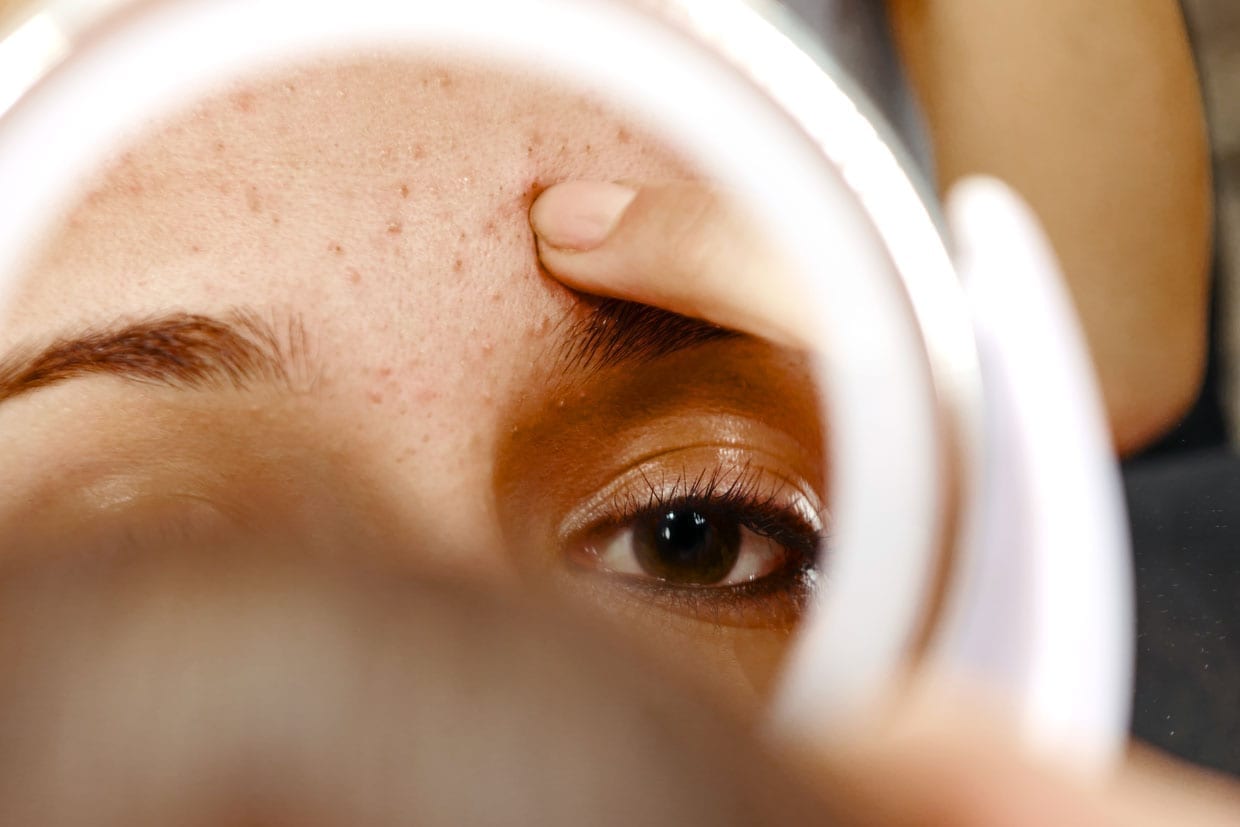
Depending on where you live, the climate can range from cold to dry to permanently warm, and all can take a toll on your skin. As a result of the difference, your skin can feel dehydrated, slightly drier or even itchy. “If you start to use a heater during the fall, this effect is exaggerated by the fact that heaters leach the moisture out of the air,” says Guanche. (The same can happen with AC if you live in a warm state). Consider using a humidifier at night to avoid any unwanted dehydration. If you live in a warm climate, pay close attention to the overproduction of oil in your skin. Too much oil in the skin can lead to unwanted acne flare-ups, blackheads and overall congestion.
Some clear signs to look out for in either scenario are sudden breakouts, sudden dry patches on the skin, congestion, dullness and uneven skin tone.
The Swaps
1. “We should not swap out or discontinue the use of sunscreen, but we can switch from a dry-touch or mattifying sunscreen to a hydrating one,” she says.
If the air is colder and drier, then we are producing less oil and less sweat. In turn, there is no need for us to make our skin appear to be extra matte as it could end up looking drier.
2. Embrace the dewy, hydrated look in any way that you can. “Moisturizers at night should transition from lightweight lotions to more emollient creams, and healing lip balms should be used preemptively,” she explains.
3. You will notice the change in your skin’s texture and overall appearance by using a richer cream in the evening. Some ingredients to look out for in your moisturizers include antioxidants such as vitamin C and vitamin E, and other hydrators including hyaluronic acid, glycerol, ceramides and AHAs.
Ceramides are lipids created naturally by the skin, which help form the skin’s natural moisture barrier. Without the correct ratio of ceramides, the skin may become dry, dehydrated, itchy. Ceramides contribute to the overall health of the skin by attracting and locking in moisture.
4. Do not forget to consider this for your eye cream as well. During this seasonal transition, the moisture from our under-eye area can be stripped out causing it to be dry and a lot more delicate than usual. The thicker and more moisture-binding it is, the better.
The Additions
1. You should be giving the rest of your body as much attention as you give your face. “Body balms and moisturizers should remain on hand and soothing bath oils can be helpful during fall,” says Guanche.
2. Serums should be part of everyone’s skincare routine, and in the fall look for those that are hydrating and contain hyaluronic acid. It works as a powerful humectant to maintain the moisture from the air and deliver it into your skin for deeper, more powerful hydration.
3. “Hydrating face masks are a great addition to a skincare routine for adding moisture back into the skin,” she says. We recommend using a face mask once or twice a week for some added nutrients and improvement to your skin texture. Always keep those moisture levels in the back of your mind when trying any new products to maintain a healthy skin barrier and beyond.
Also add resurfacing essence that can be applied morning and night to prime your skin to better absorb serums, oils or moisturizers that follow in your routine.
4. Consider in-office treatments. The summertime is less than ideal for abrasive treatments such as microdermabrasion, chemical peels or laser treatments but now that you (might) have limited time in the sun, fall could be a good time to talk to your dermatologist.
The Good Ingredients
1. Guanche also recommends glycerin and mild glycolic/lactic-acid based products. These ingredients are all great for exfoliation and safely removing any dry, dead particles left on the outer layer of the skin. However, you do not want to overdo it on the exfoliation as dryness can occur. Sunday Riley, Good Genes Lactic Acid Treatment is clinically proven to immediately and significantly plump fine lines and boost radiance.
2. Another one of her favorite ingredients for fall is manuka honey, especially for the hands. “It’s anti-inflammatory and very soothing,” she explains.
3. We also recommend vitamin C-infused products that are great for brightening dull skin and can also help with uneven skin tone.
4. Retinols are also very powerful agents to have as part of your skincare routine and can help everything from reforming texture to fighting premature aging and in some cases helping with stubborn, cystic acne.
The Bad Ingredients
There are some culprits that you should avoid. Astringents are known for stripping your skin of its natural oils and since we are trying to hold onto moisture throughout the fall, that is the last thing we need. Fragrances are also known for irritating the skin and causing inflammation, and our skin is easily triggered around this time of year so this can really affect it as well.
